All about furniture moldings
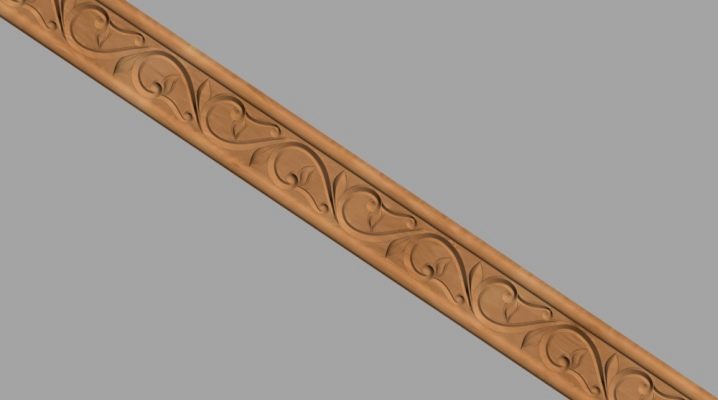
People who know everything about furniture moldings significantly expand their design possibilities. Self-adhesive decorative, metal and other furniture moldings are now widely represented on the market. Regardless of the type, it is worth dealing with the intricacies of installation and use for decorative needs.

Peculiarities
If we turn to the dictionaries, then there the molding for furniture is defined as a decorating (decorative) overlay of an elongated shape. Such products are made of completely different materials, which significantly affects their properties. Most often, furniture molding has a length of at least 2 m. But this depends on a number of nuances and can be easily changed at the request of the customer. The width also varies - from 1 to 10 cm, and on request it can be completely different.
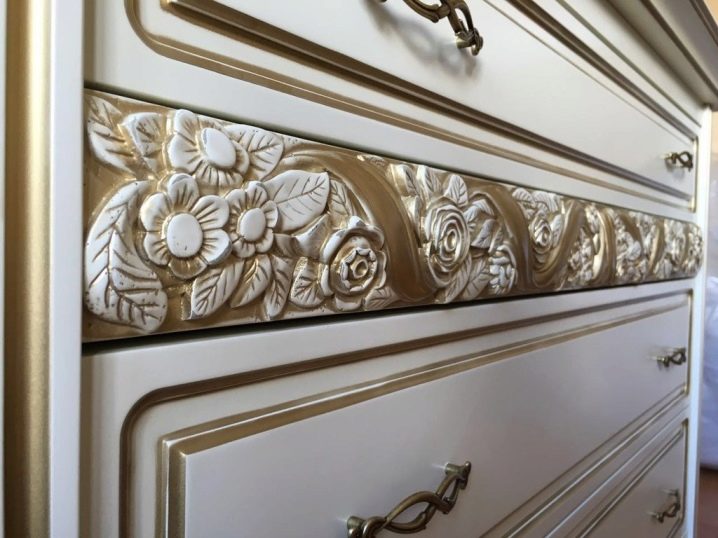
Such constructions cannot be called a new invention - they have been known for several centuries. However, the use of modern materials and structures has significantly improved the products and gave them new, previously inaccessible, opportunities. Now the use of molding elements is at the peak of its popularity. Designers are actively working on new solutions and options, technologists also keep up with them. Therefore, it is so important to familiarize yourself with the most common types of structures.
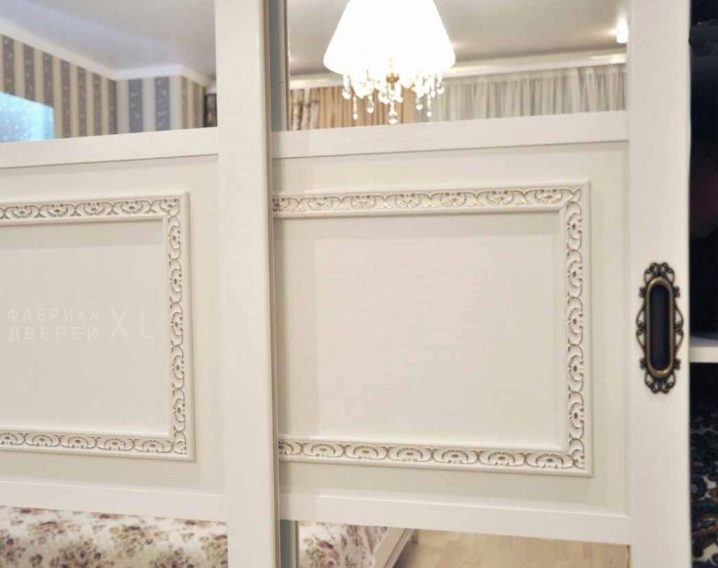
Varieties
Self-adhesive decorative molding is constructively a flexible strip. The width and configuration of the profiles can vary significantly. Planks are of both smooth and embossed type. With overhead parts:
-
mechanical destruction of the surface is prevented;
-
furniture becomes more beautiful;
-
hold more reliably upholstery fabrics;
-
chips, scratches and other deviations from the norm are successfully covered.
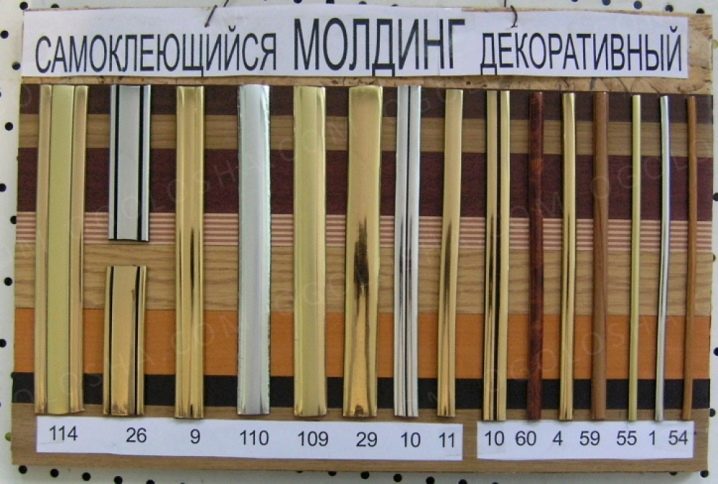
The hard metal molding is a true classic in the furniture industry. Such products are guaranteed to decorate facades in a classic and any other festive style. With proper design, it can even fit into the baroque style. Rigid products will also serve as excellent correction tools.
With their help, it is easy to visually differentiate elements by color.
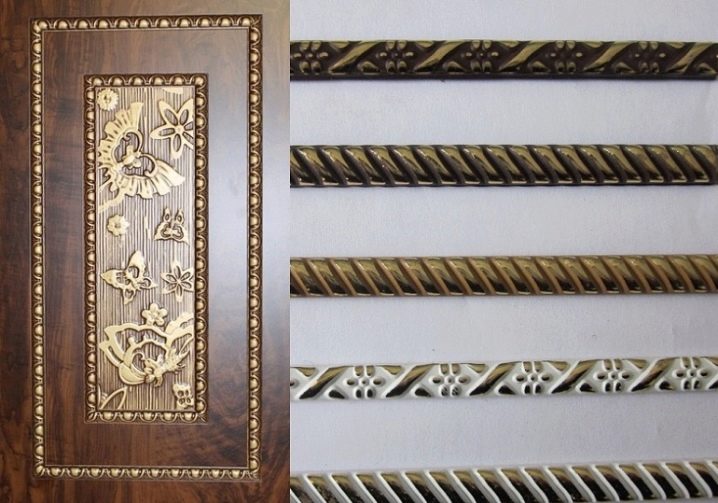
Wooden molding is also quite common. However, this solution has significant disadvantages. Even solid wood products can be susceptible to dampness and mold. Special protection measures somewhat mitigate this problem, but increase the cost and complicate the production. For the manufacture of structures, mainly hardwoods are used, such as:
-
Cherry;
-
nut;
-
oak;
-
cedar;
-
pine (the most budgetary material).
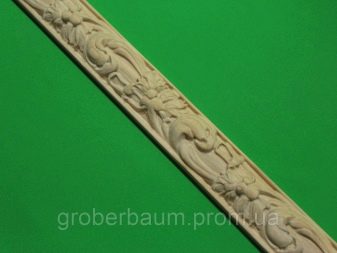
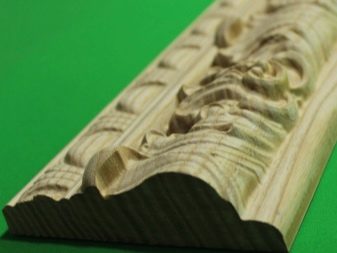
In some cases, brass molding is used. It is worth considering that similar structures are also made from this material for walls and ceramic tiles. Models are available in a wide variety of widths. The choice of matte or polished surface is varied. In the end, the aluminum product turns out to be no worse, and even better, at least from an aesthetic point of view.
When talking about upholstery molding, they usually mean decorative metal structures of various types and colors. On the surface of a relatively narrow plate, you can see as if nails driven inside. However, they are just a clever imitation.
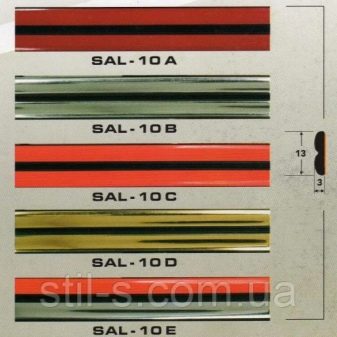
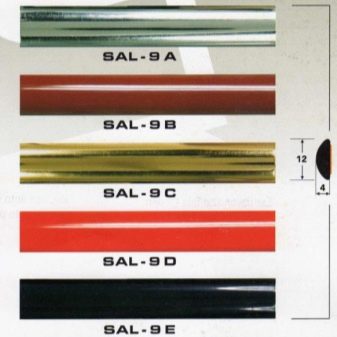
Plastic options for furniture fittings are also quite widespread. The production of such products has a relatively low cost and is technologically relatively simple.
Attaching a plastic structure to a finished substrate will not be difficult, even for those who are poorly versed in technology and crafts. The custom design possibilities, again, prove to be quite impressive. Especially worth pointing out are the nail moldings. This is the name of a decoration product for upholstered furniture, which allows you to give it a modern, classic or any other chosen style. It is not for nothing that nail tape is produced or purchased at many furniture factories - it has repeatedly proven its advantages. With its help, furniture gets a more harmonious look.
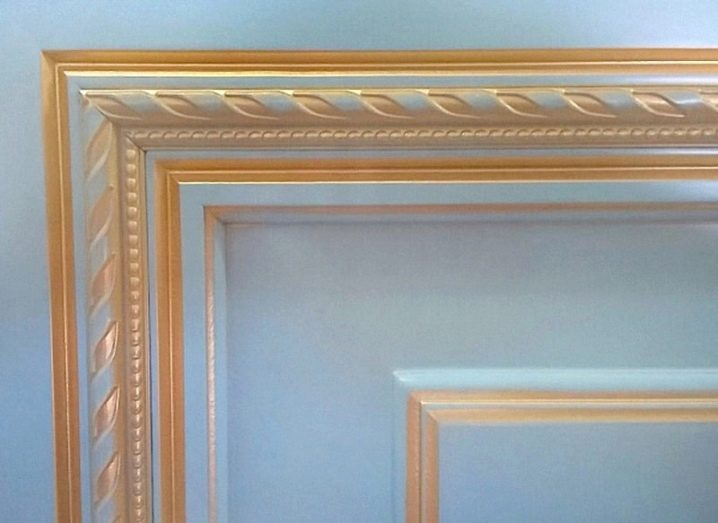
When they talk about gold molding, then, of course, we are talking about the golden color of the structure, and not about the material. Such a piece of jewelry looks really elegant and sophisticated. Likewise, the chrome molding has a typical chrome color. A strip of self-adhesive tape is located under the metal layer. This design reliably protects the substrate from minor deformations.
The T-shaped edging, again, is actively used in the manufacture of modern furniture. Unlike an overhead U-shaped product, this is usually a PVC-based mortise element. The surface can be textured, glossy, matte or reflective. The fixation turns out to be quite strong.
The ends of the slab will be covered, which is very important if there are visual imperfections. The only problem is that you have to mill the groove.
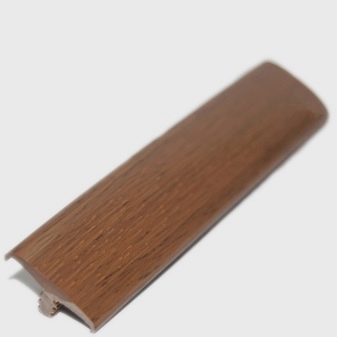
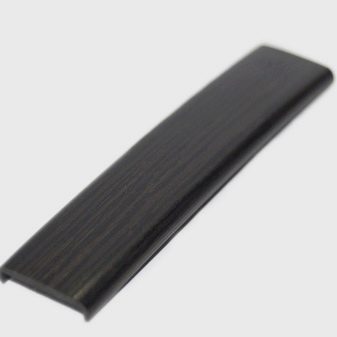
Moldings for kitchen furniture should be as aesthetically pleasing as in other rooms. But an important feature is the use of unique types of decor. So, the "crown" model is used with a significant empty space between cabinets and ceilings. There are other specific types that solve a particular problem. Resistance to mechanical stress and splashes, to contact with fats will be required.
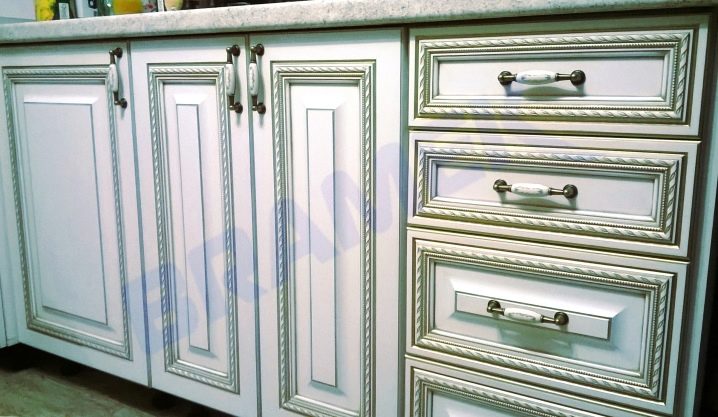
MDF models do not include phenol or epoxy. This material is completely safe for humans and pets. The product can be connected, or made in a groove, in a quarter. The width and length are most often 3 and 275 cm, respectively. However, products of a different size are also made to order. Moldings are sometimes used for glass in cabinet doors, nightstands.

Installation nuances
The easiest way to put a decorative item on a furniture case is to use glue. The special polyurethane-based gel will simply leave no residue. Self-adhesive products do not need additional fasteners. You just need to remove the film in stages and carefully attach the structure to the desired place. Massive areas are fastened with thin furniture nails or staples, the same approach is used for upholstered furniture.
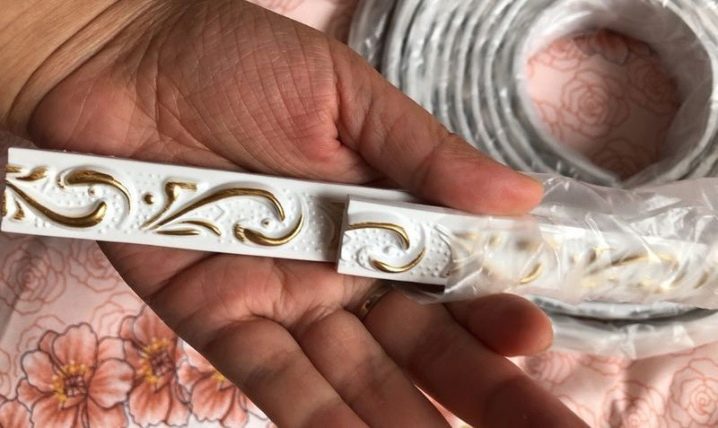
Special strips are made in the manner of a soft ribbon obtained from decorative nail hats. They allow both to fix the edge of the fabric, and to decorate the seams, the contours of the drapery. If you have to decorate old cabinet furniture with moldings, you need to strictly think over the procedure and prepare. The method of work is as follows:
-
remove the doors and release them from the fittings;
-
they clean all traces of paint and varnish, warming them up with a construction hairdryer and scraping them with a knife;
-
putty is applied;
-
level and polish the surface;
-
saturate wooden furniture with linseed oil;
-
if necessary, use hydrophobic mixtures;
-
lay out all the elements;
-
trace them with a pencil;
-
glue the molding from the corner;
-
join its parts with intermediate nodes (bundles).
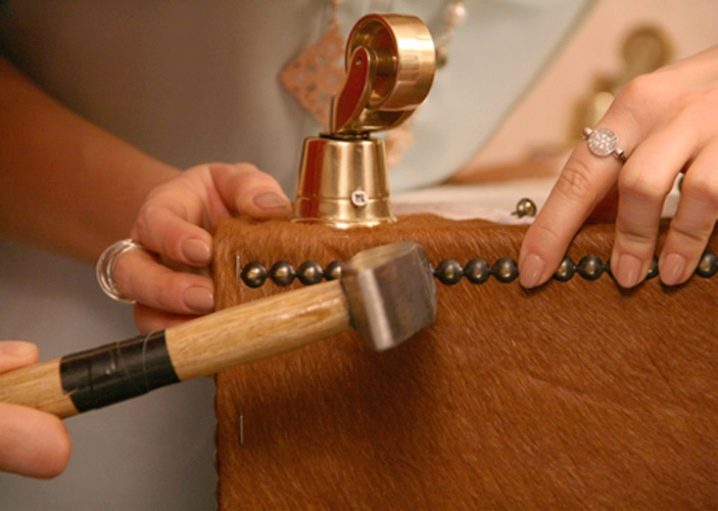
Such products are also suitable for decorating upholstered furniture. Armchairs and sofas must be disassembled beforehand. Removing the upholstery is optional. But the cutting of new fabric must be done very carefully. After the completion of the molding, the fixing points are closed.
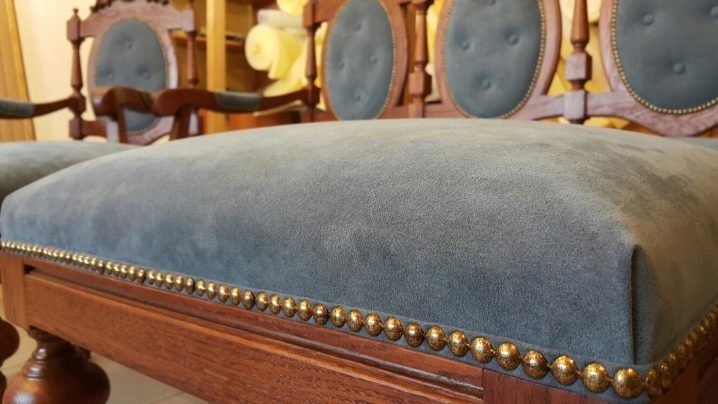
Examples of use for decoration
It will be quite easy and pleasant to decorate furniture with corner or rosette moldings. But in grace they are noticeably inferior to golden curls. Those can take on a very original visual form.
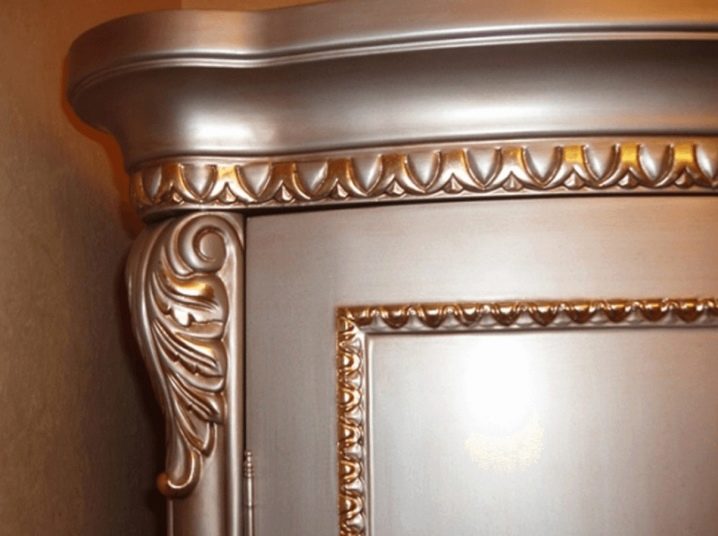
Alternative solution - dark red moldings (in the color of the main part of the furniture) as a frame for the light yellow area.

You can also consider the elegant red armchair with moldings.
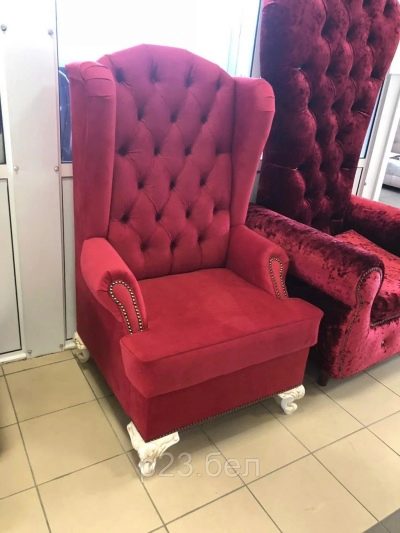













The comment was sent successfully.